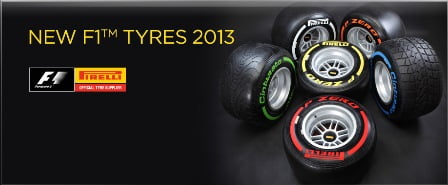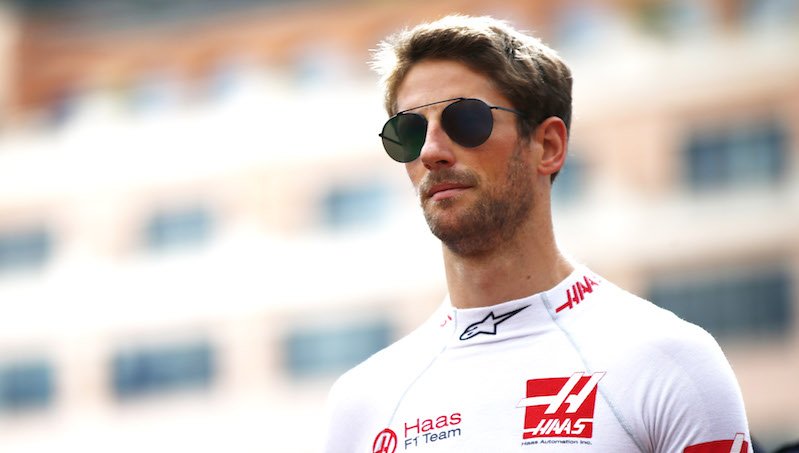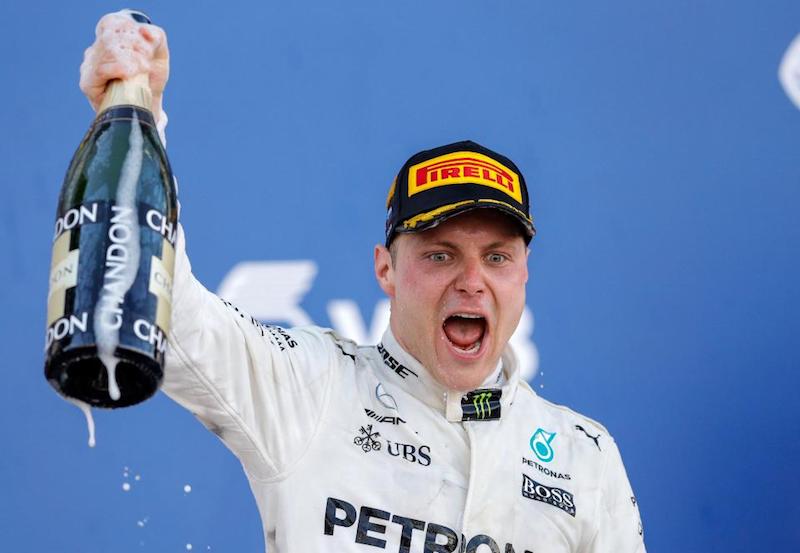Since the conclusion of the 2013 Spanish Grand Prix, where most of us ended up discussing Pirelli’s influence over the race rather than Fernando Alonso’s stellar drive, I have had this question bouncing in my head. So I thought, why not tell you guys what I would do if I were Paul Hembrey and his employer, Pirelli. (Read: Pirelli Spins All In Spain)
Ever since Pirelli’s entry into Formula1, the talk regarding tyres, their performance or the lack of it and degradation have reached staggering heights, at least in the media I follow (print, TV, social, etc.). The worrying part here is that most of the conversations are around the lack of performance and the high degradation that tyres have suffered from. There have also been some spectacular blow-outs on LIVE Formula1 broadcast (which supposedly reaches close to 500 million viewers annually!). Last weekend, there was the first ‘wheelie’ by a Formula1 car for the 2013 Formula1 season. Courtesy, Pirelli!

The reason Pirelli entered in the sport was to prove that they have superior tyre technology that Formula1 cars can go racing on, but these days, they are barely racing (each other I mean) and that’s mainly due to the tyres provided. Also, the other reason that Pirelli is in the sport is to get global coverage and see if race technology can be put to road use in the near future (well, they all atleast say that!). The coverage, I am sure, exists, but not sure on the negative vs. positive split and I wonder how good the image and perception of the product is if tyre are delaminating on the fastest cars on earth once (or more) every fortnight and lasting less 60-70kms. Is that good advertisement to a road car consumer? Is my Formula1 product killing the road car product?
Yes, these tyres have been developed because that’s what the FIA, FOM, FOTA and other ‘Groups’ in Formula1 asked for and Pirelli only delivered as per the ‘brief’, which was to manufacture durable tyres that lead to more pit-stops and over-taking on track, and they did deliver. However, in hindsight, do you think Pirelli should’ve declined this ‘brief’? After all, overtaking is difficult in Formula1 more due to the car design (aero heavy) and somewhat due to circuit design as well. So for the benefit of teams, who do not wish to reduce their aero efficiency, why should Pirelli design and deliver inefficiently performing tyres? (Read: Ross Brawn vs. Adrian Newey?)
With the damage done for almost three seasons, if I were Pirelli, I would make the decision for the 2014 Formula1 season basis my global sales data (one of the key parameters). With Formula1 heading to new territories and introduction of technical gimmicks (like DRS), the purist is no longer the target audience, it is the new fan from the emerging markets. In this phase, Pirelli is abused by almost every other purist every fortnight and too with conviction (spoiling the sport was most hinted!) and I don’t think it is the purist who will make his purchase decision basis Pirelli’s tyre performance in Formula1. However, there’s a very high chance that a new fan, who lacks the in-depth technical understanding of the sport, may just. As Pirelli, would I be willing to take this risk for a few more years so that the super-efficient (and I mean it!) Formula1 engineers get their way with aerodynamics while I don’t with my other-wise efficient tyres? I would NOT renew!
Now, can someone send this to Paul Hembrey…?
And on the same lines, ‘An Indian Tyre Manufacturer To Replace Pirelli In 2014’.














6 comments On Should Pirelli Renew Their Formula1 Contract For 2014
They need to deliver what FOM, FIA and the groups want – slightly less durable tyres that last about 20 laps with a slightly steep degradation profile to spice up the racing. To an extent, Pirelli did deliver that. 2011 was a good example. The problem began when Pirelli (by themselves or upon further instructions) started going even more aggressive on the degradation and shelf life of the softer compounds.
What a tyre supplier ideally wants is great visual coverage of their brand. Tyres should rarely be talked about during a race. You see the brand Pirelli on every car on the track, on trackside ads etc but that is all.
What has happened now is Pirelli have failed miserably to strike a balance and those tyre failures are a PR disaster for them. There is too much focus on them and most of it is negative. That is NOT what a tyre supplier comes to F1 for.
They need to find the balance so the brand is visible on TV but there is no chatting about it. That’s the kind of subconscious marketing they want.
I doubt Pirelli will remain with F1 beyond 2013, given all the disastrous publicity they’ve garnered. That is some irreparable damage to the brand and the sooner they leave, the sooner marketing-target-Joe would forget.
Thanks Ritesh. Appreciate your view and comment. Though I do feel that they will stay beyond 2013; seems like they wish to!
Surely, its more likely Pirelli will stay. rather an invitation of another supplier to neutralise the effect.
A close look at recent history tells that the brand of tyre have usually never been the talk of the town, specially in the era of “SINGLE SUPPLIER”.
The topic of importance was the compounds and strategy binded across IT.
The last disaster was the 6 car fiasco at 2005 US GP, where all Michelin rollers withdrew leaving only Bridgestones to roll.
But the only difference is that after that
it became 2-1=1 for next year.
and now
it needs to become 1+1=2 for the next year.
Thanks Latesh. Your observation is correct that compounds and strategy have ruled discussion forums. And I don’t think the tyre war era is the way to go either. There’s too much money loss in that. I don’t think its that difficult to come up with a standard spec racing tyre that does what it is supposed to.
One obvious difference is most race tires have fewer grooves for more grip. And while this is great on a dry road, riding in the rain can get pretty hairy. But this is just what you can see, and it’s perhaps more important to know what’s going on inside the tire to fully understand the differences.
Pirelli’s F1 tyres have no grooves on the dry tyre. The wet / intermediates do have groove patterns.